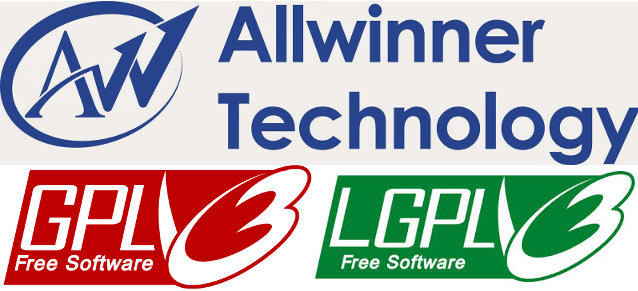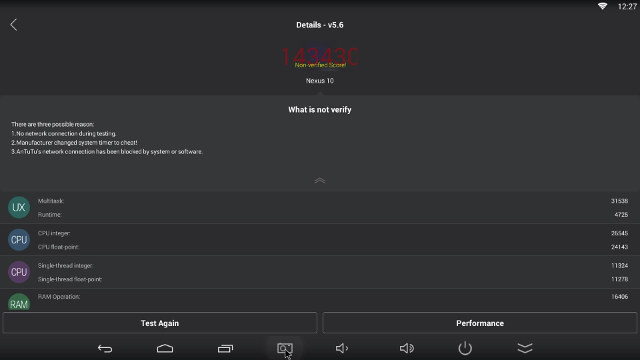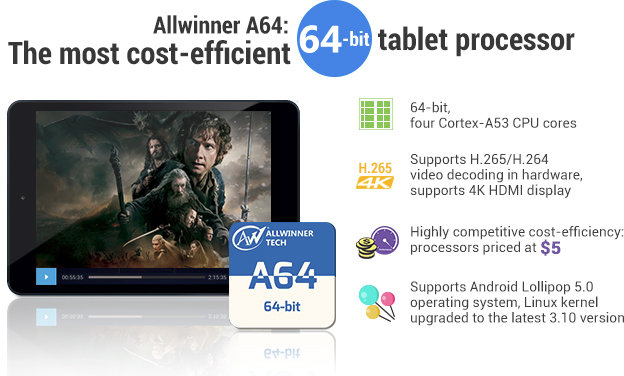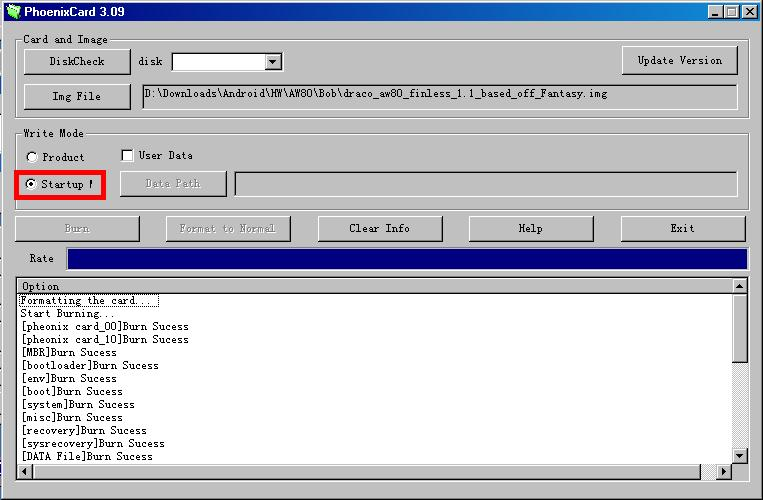Last month, I wrote about potential open source licenses and VP6 copyright infringement by Allwinner with their CedarX media codec library, and then since there’s been a few developments. First, Allwinner sent me an email saying they’ve now updated Cedarx library and referring my previous article. Here’s an extract: Here, I have some update of the Allwinner’s open-source status. We have done a lot of discussion with the developers from the linux-sunxi communication about the software license of CedarX. For each question or requirement asked by the developers, Allwinner has identify and try to give the best solution. Now, we believe Allwinner’s CedarX license is fully compliant and resolves concerns from the community. And you can take the announcement https://www.mail-archive.com/[email protected]/msg10597.html as a reference. Allwinner is always supporting the open-source, and try to do better and better. You can see some update on the github https://github.com/allwinner-zh, and some feedback from developers: […]
(Most of) FOSDEM 2015 Videos Are Now Online
FOSDEM 2015 took place on between the 31st of January and 1st of February, and while some sessions were not recorded on videos, most of them were, and the organizers are now slowly processing and uploading 402 videos to their server. So far 210 videos have been uploaded, including the Embedded Devroom. You can follow the upload status to check out when your preferred track/devroom sessions are uploaded. For example, “internet of things” videos have not been uploaded so far, so you’d need to be a bit more patient for this topic. One of such videos is “Upstream Allwinner ARM SoC (A10 / sunxi) support status” by Hans de Goede, which includes the slides on the left and video of the right. This makes the presentation easy to follow (despite the slides being cropped), but probably explains why it takes so long to process the videos. http://video.fosdem.org/2015/devroom-embedded/allwinner_upstream__CROPPED_PRES.mp4 You can also […]
Allwinner’s New Media Codec Library (CedarX) May Infringe on Open Source Licenses and Copyrights
Allwinner has had to good idea to open allwinner-zh github account last September in order to release source code, binary libraries, and documentation for these ARM processors. Yesterday, the company released a new version of their closed source CedarX library used to decode and encode video streams. But Luc Verhaegen (libv), known for his reverse-engineering work on ARM Mali-400 (lima driver) and now Mali-Txxx GPU (Tamil driver), analyzed the binary and claimed the library is not compliant with LGPL licenses, and may also infringe on On2 copyrights. Luc wrote his concerns on sunxi-linux mailing list, and Allwinner promised to look into it. Two libraries are involved: ffmpeg which includes both LGPL and GPL licenses, but the contention seems to be about the LGPL part, since only optional features are GPL’ed in ffmpeg. It’s perfectly fine to include LGPL libraries into your binaries, as long as you don’t modify the open source […]
Linux 3.19 Release – Main Changes, ARM and MIPS Architectures
Linus Torvalds released Linux Kernel 3.19 yesterday: So nothing all that exciting happened, and while I was tempted a couple of times to do an rc8, there really wasn’t any reason for it. Just as an example, Sasha Levin used KASan and found an interesting bug in paravirtualized spinlocks, but realistically it’s been around forever, and it’s not even clear that it can really ever trigger in practice. We’ll get it fixed, and mark it for stable, and tempting as it was, it wasn’t really a reason to delay 3.19. And the actual fixes that went in (see appended shortlog) were all fairly small, with the exception of some medium-sized infiniband changes that were all reverting code that just wasn’t ready. So it’s out there – go and get it. And as a result, the merge window for 3.20 is obviously also now open. Linus Linux 3.18 improved performance of […]
Snappy Ubuntu Core is an IoT Linux Distribution for ARM and x86
Canonical has announced a version of Ubuntu specifically designed for IoT devices running Linux, with a low hardware requirements, and a new package manager called snappy, replacing apt-get for this version of Ubuntu, which provides simpler, faster, and more reliable updates, stronger security, and allows roll-backs in case something goes wrong. Easy firmware updates are something missing in most connected device, which means they are more vulnerable to potential hackers, but with snappy security updates should be able to make it regularly, so that if something like heartbleed occurs again, you know your router, home automation gateway, connected washing machine, or robot will be soon patched automatically. Let’s go through the hardware requirements first: Processor – 600 MHz processor (ARMv7 or greater, or x86) System Memory – 128 MB RAM or greater (The system itself uses 40 MB RAM) Storage – 4GB flash / storage for factory reset and system […]
So This is How Allwinner A80 Cheats at Antutu Benchmark…
Ever since Allwinner A80 was released, the Antutu scores did not add up with some devices getting around 30,000 points, while other devices scoring close to 50,000 or even higher. But what about 143,430 points? Now that would be impressive, and that’s exactly what Byron got in his Tronsmart Draco AW80 box, after changing a single parameter. The screenshot above reports a Nexus 10 because he must be using one of Freatab ROM, where they often change the device name for better Google Play compatibility. Nevertheless what kind of sorcery is that? How could he achieve this? It turns out build.prop, as a key called ro.sys.hiritsu. It’s set to 30 in the stock firmware, but if you change this to 95, some magic happens, and you get the very high score above. Byron reported his box got pretty hot with this setting, so it’s probably better not to try a […]
AllWinner A64 is a $5 Quad Core 64-bit ARM Cortex A53 SoC for Tablets
Allwinner already announced H64 octa-core Cortex A53 processor for OTT boxes together with Nobel64 development board in the last quarter of last year, and the Chinese silicon manufacturer has now introduced Allwinner A64 quad core Cortex A53 processor for entry-level tablets, as the processor will only cost $5 per unit in large quantities. As usual, Allwinner only provided a subset of information for their first announcement, and some technical details like the GPU are unknown. Key features listed for Allwinner A64: 64-bit Cortex-A53 architecture Supports H.265/H.264 video decoding in hardware, and supports HDMI 4K display Supports various DDR memory types, making the BOM cost more competitive Supports eMMC 5.0 for better IO performance and enhanced data throughput capacity Allwinner SmartColor display technology for more vivid and eye-pleasing visual experience Supports Trusted Firmware security architecture from ARM The company is finally moving to a device tree enabled kernel with Linux 3.10, and Allwinner 64-bit ARM tablets will also run Android 5.0 Lollipop. Hopefully, this processor implements proper H.265 hardware decoding, not GPU accelerated decoding as in Allwinner A80 processor. Interestingly neither Allwinner A64, nor Rockchip RK3368 announced recently, support VP9, despite it being the codec of […]
Easily Create an Android Bootable SD Card for Allwinner A80 Devices with PhoenixCard Tool
We’ve already seen how it was possible to boot Linux or Android on Rockchip RK3288 devices from an SD card, which involved getting the stock firmware and running some scripts in Linux. Today, Freaktab member no_spam_for_me found out how to create a bootable SD card for Tronsmart Draco AW80 Meta, and other Allwinner A80 devices using PhoenixCard 3.09 tools for Windows (The latest version should be available @ http://dl.cubieboard.org/model/cc-a80/Tools/Flash-firmware-tools/). There may also be a way to use LiveSuit tools for Linux, but this have not been tested. Once you have installed the tools, start it, and load the firmware by clicking on “Img File” button (Here Draco AW80 Finless 1.1 firmware was used). Then press DiskCheck to scan for storage devices, and select your SD card in the drop-down menu “disk” (not sure why it’s blank in the screenshot above), select “Startup !” write mode, and click on the “Burn” […]








